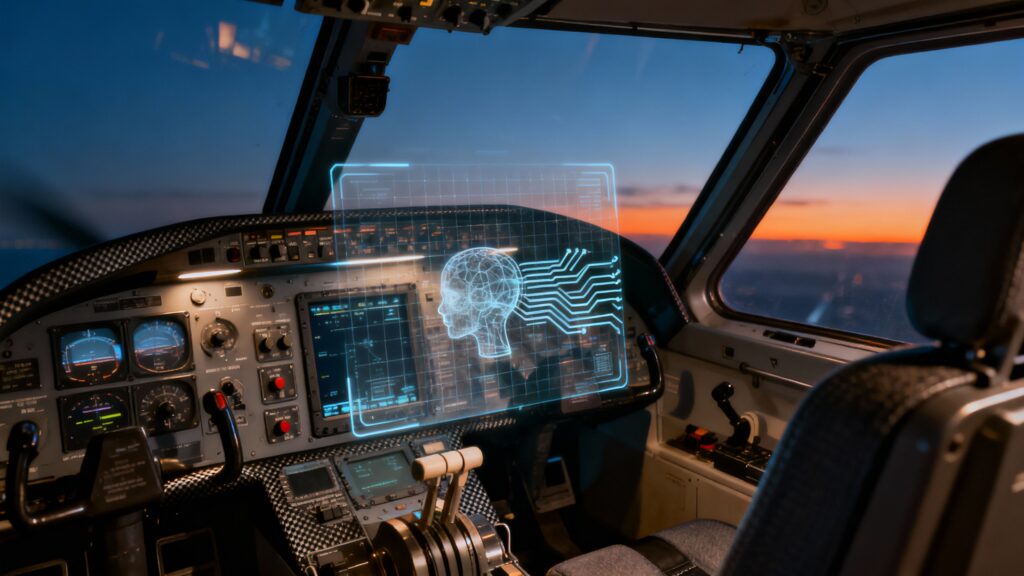EASA Unveils Groundbreaking AI Regulations: Paving the Future of Safe Aviation

Artificial intelligence is no longer just a laboratory curiosity—it is rapidly becoming a cornerstone of modern aviation. From predictive maintenance to advanced cockpit decision-support systems, AI is poised to reshape how aircraft are designed, operated, and managed. Recognizing this, the European Union Aviation Safety Agency (EASA) has unveiled its first regulatory proposal to ensure AI is implemented safely, responsibly, and effectively in aviation operations.
On May 2025, EU Member States agreed to the EU AI Act (Regulation (EU) 2024/1689), the world’s first comprehensive law regulating artificial intelligence. With the aviation sector increasingly relying on AI, the implications of this legislation are profound. To translate these requirements into operational guidance for the aviation industry, EASA published Notice of Proposed Amendment (NPA) 2025-07, marking the first concrete step toward regulating AI in aviation.
The proposal focuses on two levels of AI integration. Level 1 AI refers to AI-based assistance systems that support pilots and operators by analyzing data and providing actionable insights. Examples include predictive maintenance alerts, flight path optimization suggestions, and real-time weather or system warnings. Level 2 AI goes further, enabling human-AI teaming, where AI systems actively collaborate with humans during operations, creating a shared decision-making environment. This distinction highlights the growing complexity of AI applications in aviation and the need for clear regulatory guidance.
EASA’s NPA is not only a regulatory document but also a technical guide for the industry. It outlines the key principles for establishing AI trustworthiness in line with the EU AI Act, focusing on safety, reliability, transparency, and accountability. The guidance also addresses critical human factors and ethical considerations, recognizing that AI systems must complement human operators rather than replace them.
Importantly, the NPA covers both supervised and unsupervised machine learning systems, providing the groundwork for broader AI applications in aviation. While current guidelines do not yet fully address reinforcement learning, knowledge-based systems, hybrid AI, or generative AI, the framework is deliberately flexible, allowing it to evolve as technologies advance. This forward-looking approach ensures that regulatory standards remain relevant in a rapidly changing technological landscape.
The rulemaking process, identified as RMT 0742, is ongoing. Following the current NPA, EASA plans to release a second proposal in 2026, which will integrate this framework into aviation-specific regulations, including aircraft certification, air traffic management, and drone operations. In the meantime, the agency has opened a three-month public consultation period, inviting all aviation stakeholders—from pilots and engineers to drone operators and aviation managers—to provide feedback and practical insights on the draft framework. This collaborative approach ensures that the regulations are not only technically robust but also practically feasible across the diverse aviation ecosystem.
For aviation professionals, the introduction of AI regulations marks a significant turning point. Pilots will need to understand how AI tools interact with traditional flight operations, engineers must integrate AI into design and maintenance workflows, and aviation managers will need to oversee AI deployment within regulatory boundaries. Those who embrace AI responsibly and proactively will gain a competitive advantage, leveraging technology to enhance safety, efficiency, and operational decision-making.
The broader significance of EASA’s initiative extends beyond regulatory compliance. By establishing a trustworthy AI framework, the agency is sending a clear signal to the aviation industry: innovation and safety can go hand in hand. AI promises to improve operational performance, reduce human error, and enable more efficient use of airspace—benefits that will be crucial as both manned and unmanned aircraft share increasingly complex skies.
In conclusion, EASA’s NPA 2025-07 represents a landmark moment for aviation. It lays a flexible, solid foundation for AI integration, balancing innovation with safety and ethical responsibility. As the technology evolves, so too will the regulations, ensuring that AI remains a reliable partner for humans in the cockpit and beyond. Aviation professionals are encouraged to engage with the consultation process, shaping a future where AI supports safer, smarter, and more efficient air travel.
Submit your opinion: EASA’s first regulatory proposal on Artificial Intelligence for Aviation is now open for consultation | EASA





